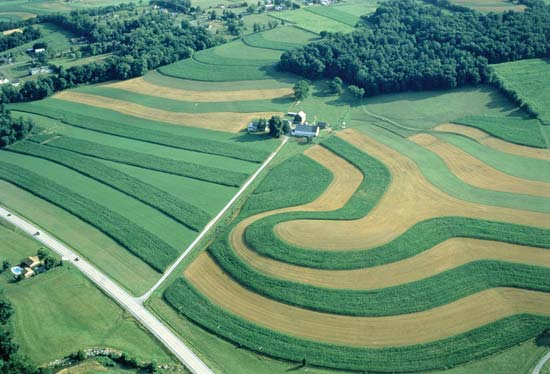A new study on integrated farming has found that the following 4 methods are worth following in India.


Reference
National Centre for Radio Astrophysics (NCRA-TIFR) astronomers have used the upgraded Giant Metrewave Radio Telescope (uGMRT) to discover 8 stars belonging to a rare category ‘Main-sequence Radio Pulse’ (MRPs) emitters.
Magnetic field and temperature are two quantities that appear to play the major role in deciding how intense the radio pulse will be.
Reference
Prime Minister announced that the process of repealing the three contentious farm laws will take place in the upcoming Winter Session of Parliament.
For repeal, the power of Parliament is the same as enacting a law under the Constitution (Article 245)
All three farm laws can be repealed through a single legislation.
Reference
Ministry of Rural Development reaches an important milestone with the completion of Geographical Information System (GIS) plans for around 75% Gram Panchayats (GPs) under Mahatma Gandhi NREGA.
Reference
Allahabad High Court has called upon the Central Government to forthwith initiate the process for the implementation of the Uniform Civil Code (UCC).
Reference